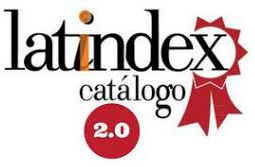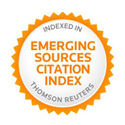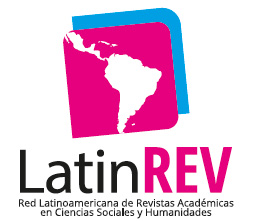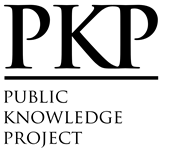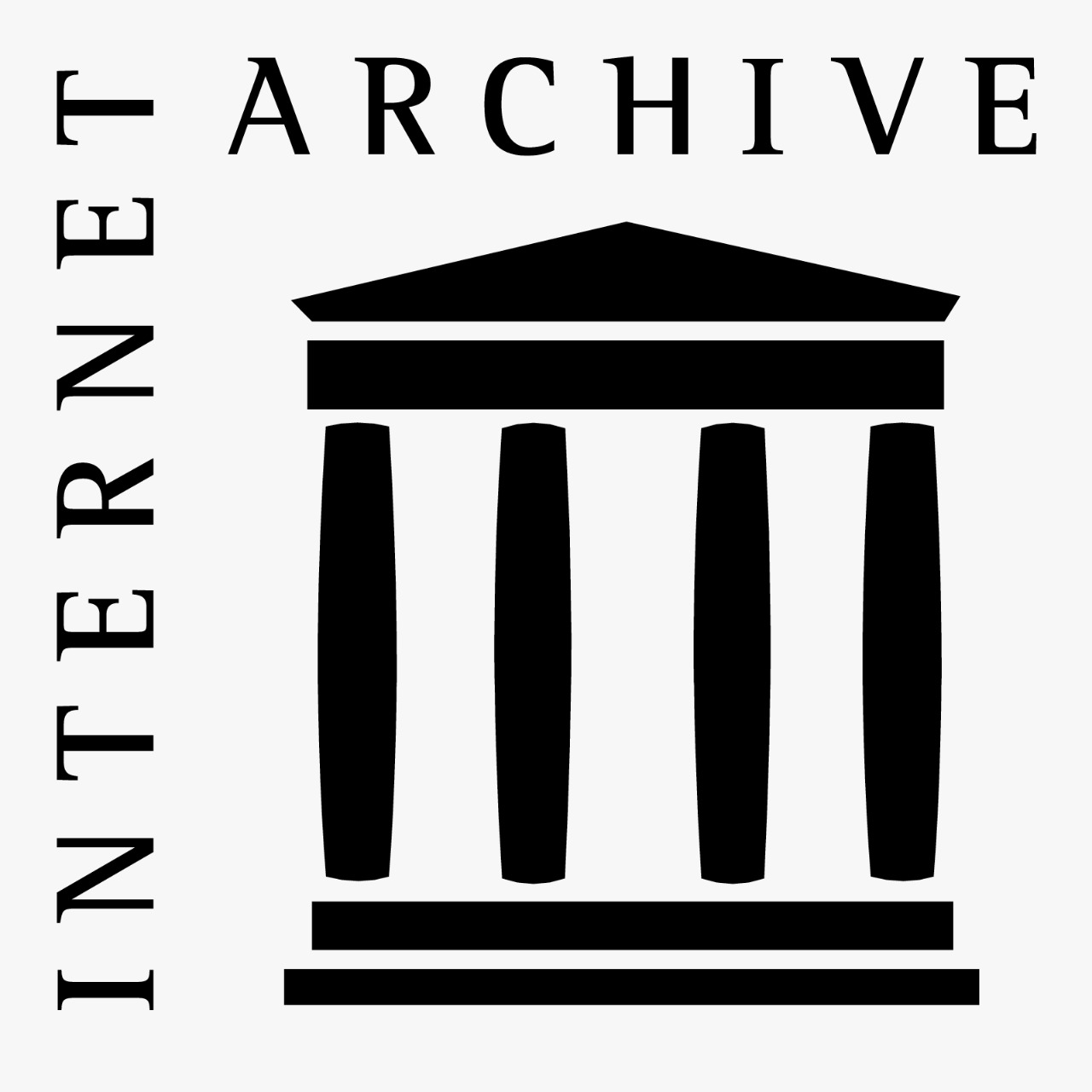The The Permanent Campaign
A matrix to identify excesses of electoralism in current government communication
Abstract
The permanent campaign states that the electoral campaign does not end on the day the elections are held, but rather continues during the administration: every day is an election. Although this notion began to take shape in the field of political marketing in the late 1960s and crystallized in the 1980s, the permanent campaign is still in force.
This work proposes a reconceptualization of the permanent campaign to adapt it to the exercise of political communication today. It is defined as a communication style that overlaps features of electoral communication on government communication. Based on this concept and the theoretical input, I elaborated a tool that took the form of a matrix of analysis that works as an explanatory support for the characteristics of the permanent campaign and allows it to be identified in communicative acts of current governments. As a first instance of empirical validation of the matrix, a corpus of 72 examples of each of its postulates was built.
From the theoretical analysis and the result of the exemplification of the matrix, it is concluded that the permanent campaign, as defined here, is currently happening. Its most outstanding feature, due to the frequency with which it is found, is hyperpersonalization and occurs with ideological pluralism, since examples of both left-wing and right-wing governments have been identified.
The matrix is an original and preliminary construction since it is expected that future research on the topic can expand the categories of analysis to achieve greater depth in the results of its application.
Downloads
References
Aigneren, M. (2009). Análisis de contenido. Una introducción. La Sociología en sus Escenarios (3). https://revistas.udea.edu.co/index.php/ceo/article/view/1550.
Amossy, R. (2010). La presentación de sí. Ethos e identidad verbal. Prometeo Libros.
Boorstin, D. (1992). The image: a guide to pseudo-events in America. Random House Inc.
Calvo, E. y Aruguete, N. (2020). Fake News, trolls y otros encantos. Cómo funcionan (para bien y para mal) las redes sociales. Siglo Veintiuno Editores.
Canel, M. J. (2018). La comunicación de la administración pública: para gobernar con la sociedad. Fondo de Cultura Económica.
Canel, M. J y Sanders, K. (2010). Para estudiar la comunicación de los gobiernos. Un análisis del estado de la cuestión. Comunicación y Sociedad, 23(1), 7-48.
Caro Castaño, L. (2016). La transformación del pseudoevento en las redes sociales. El caso de #LaHoraMágica en Twitter. Revista Internacional de Relaciones Públicas, VI (12), 209-230. http://dx.doi.org/10.5783/RIRP-12-2016-12-209-230.
Conaghan, C. y De la Torre, C (2008). The Permanent Campaign of Rafael Correa: Making Ecuador’s Plebiscitary Presidency. Press/Politics, 3 (13), pp.267 -284. https://doi.org/10.1177/1940161208319464
Crespo, I., Garrido, A., Carletta, I., Riorda, M. (2011). Manual de Comunicación Política y estrategias de campaña. Candidatos, medios y electores en una nueva era. Biblos.
Del Rio, P., Echart, N., y Pérez Alejos, M. (2004). La interpretación en ciclos cortos y ciclos largos de la comunicación política en Crespo Martínez, I (Coord.) Las campañas electorales y sus efectos en la decisión de voto. La campaña del 2000, 2 (pp. 314-350).Tirant lo Blanch.
Diamond, P. (2019). The end of Whitehall?: Government by permanent campaign. Palgrave Macmillan.
Díaz Herrera, C. (2018). Investigación cualitativa y análisis de contenido temático. Orientación intelectual de revista Universum. Revista General de Información y Documentación, 28 (1), 119-142. http://dx.doi.org/10.5209/RGID.60813
Doherty, B. (2012). The Rise of the president’s permanent campaign. University Press of Kansas.
Durán Barba, J. y Nieto, S. (2010). El arte de ganar: cómo usar el ataque en las campañas electorales. Debate.
Edson, C., Tandoc, Jr., Zheng Wei Lim y Ling, R. (2018). “Defining “Fake News”: a typology of scholarly definitions. Digital Journalism, 6 (2), 137-153. https://doi.org/10.1080/21670811.2017.1360143
Elizalde, L. y Riorda, M. (2020). Comunicación gubernamental: más 360 que nunca. La Crujía.
Entman, R. (1993). Framing: toward clarification of a fractured paradigm. Journal of Communication, 43 (4), 51-58.
Heclo, H. (2000). Campaigning and Governing: A Conspectus. En N. Ornstein y T. Mann (Eds.) The permanent campaign and its future (pp. 1-37). American Enterprise Institute and The Brookings Institution.
Klemp, N. (2010). When Rhetoric Turns Manipulative. Disentangling Persuasion and Manipulation. En W. Le Cheminant, y J. Parrish (Eds.) Manipulating Democracy: Democratic Theory, Political Psychology and Mass Media (59-86). Routledge, Taylor Francis Group.
Marland A., Lennox Esselment A. y Giasson T. (2017). Permanent campaign in Canada. UBC Press.
Ornstein, N. y Mann, T. (2000). The permanent campaign and its future. American Enterprise Institute and The Brookings Institution.
Van Onselen, P. y Errington, W. (2007). The democratic State as a Marketing Tool: The permanent campaign in Australia.Commonwealth & Comparative Politics, 45 (1), 78- 04. https://doi.org/10.1080/14662040601135805
Plot, M. (2003). El kitsch político. Prometeo libros.
Rincón, O. y Bonilla, J. (2004). Comunicación política en América Latina. Centro de Competencia en Comunicación para América Latina, Friedrich Ebert Stiftung.
Riorda, M. (2006). Hacia un modelo de comunicación gubernamental para el consenso en Riorda, M., Elizalde L. y Fernandez Pedemonte, D., (Eds.) La construcción del Consenso: Gestión de la Comunicación Gubernamental. La Crujía.
Riorda, M. (2008). Gobierno bien pero comunico mal: análisis de las Rutinas de la Comunicación Gubernamental. Revista del CLAD Reforma y Democracia (40).
Riorda, M. (2011a). Gestionando certidumbres: la comunicación de crisis no es comunicación gubernamental, ni electoral, ni de riesgo en Elizalde, L., Fernández Pedemonte, D. y Riorda,M. (Eds.) La gestión del disenso: la comunicación gubernamental en problemas (pp. 7-44). La Crujía.
Riorda, M. (2011b) La comunicación gubernamental como comunicación gubernamental. Revista Politai, 2 (3), 96-111.
Riorda, M. y Valenti, P. (2015). Gobernautas y ciudadanos: los gobernantes latinoamericanos y la gestión de redes sociales. Banco Interamericano de Desarrollo.
Riorda, M. y Bentolila, S. (2020). Cualquiera tiene un plan hasta que te pegan en la cara. Aprender de las crisis. Paidós.
Riorda, M. (2021). La Metamorfosis de la Comunicación Política. Perspectivas: Revista de Ciencias Jurídicas y Políticas (4), 191- 195.
Sanders, K. (2020). British government communication during the 2020 COVID-19 pandemic: learning from high reliability organizations. Church, Communication and Culture, 5 (3), 356-377. https://doi.org/10.1080/23753234.2020.1824582
Sanguinetti Dopaso, A. (2023). “Matriz de campaña permanente: Corpus cualitativo complementario”. Harvard Dataverse, V1. https://doi.org/10.7910/DVN/BL22LV.
Tenpas, K. (2000). The American Presidency: Surviving and Thriving amidst the Permanent Campaign. En N. Ornstein, y T. Mann (Eds.) The Permanent Campaign and Its Future (pp. 108 – 133). American Enterprise Institute and The Brookings Institution.
Verón, E. (1987). La palabra adversativa: Observaciones sobre la enunciación política. En E. Verón, L. Arfuch, L., M. Chirico, E. de Ipola, N. Goldman, I González Bombal y O. Landi, El discurso político: lenguajes y acontecimientos. Hachete.
Waisbord, S. (2020). ¿Es válido atribuir la polarización política a la comunicación digital? Sobre burbujas, plataformas y polarización afectiva. Revista SAAP, 14 (2), 249-279.
Zubieta, E., Valencia, J. y Delfino, G. (2014). Psicología Social y Política: procesos teóricos y estudios aplicados. Eudeba.
Copyright (c) 2023 Agostina Sanguinetti Dopaso

This work is licensed under a Creative Commons Attribution-NonCommercial-ShareAlike 4.0 International License.
The authors retain the copyright and guarantee the journal the right to be the first publication of the work. In case that a translation of the article already published in Austral Comunicación can be published in another journal, it is requested to record the original publication in the translated version.
The license used is CC BY-NC-SA, which allows sharing (copying and redistributing the material in any medium and format) and adapting (remixing, transforming and building on the material) under the following terms: attribution (acknowledge authorship) and non-commercial (the material cannot be used for commercial purposes). Update: February 1, 2022.
Austral Comunicación allows the author (s) to retain the publication rights without restrictions.








